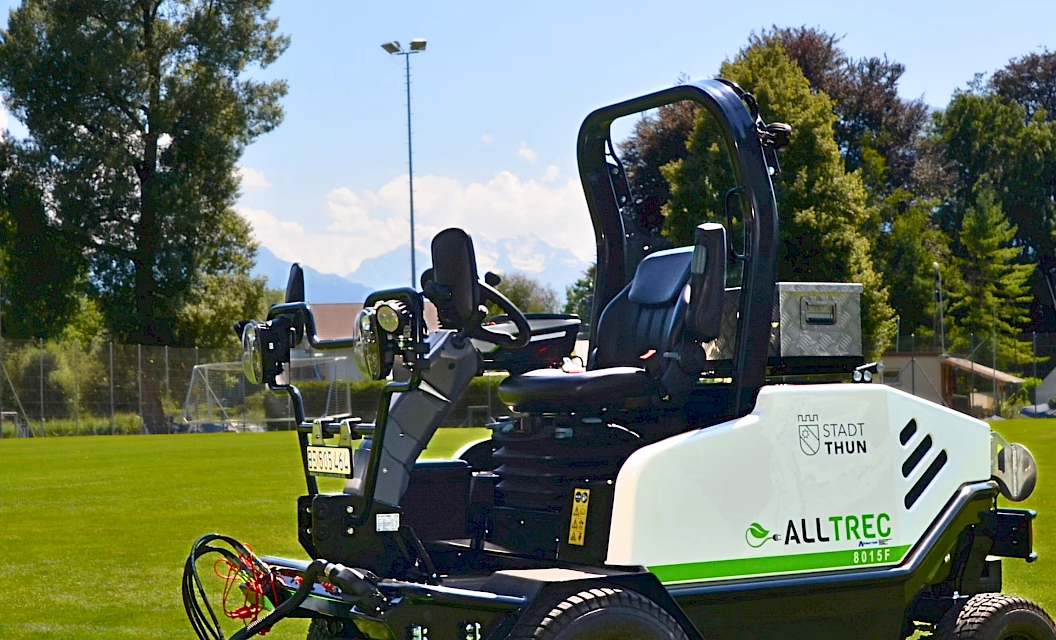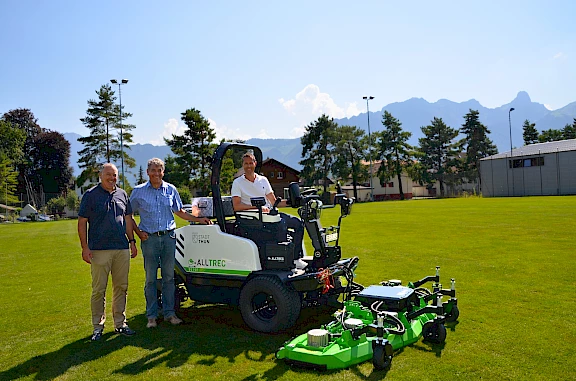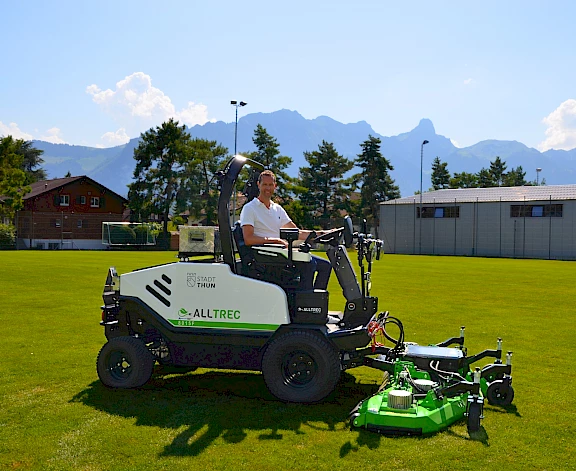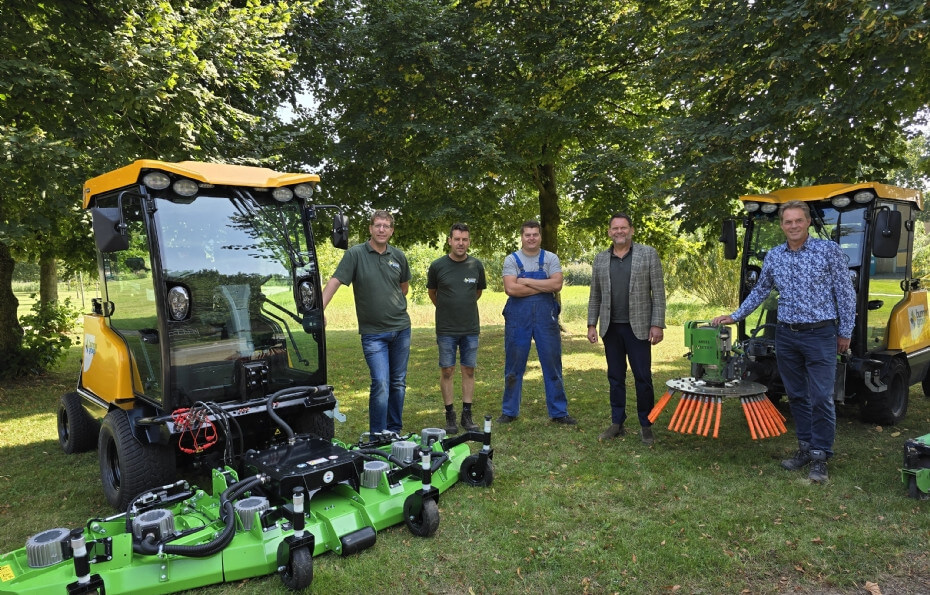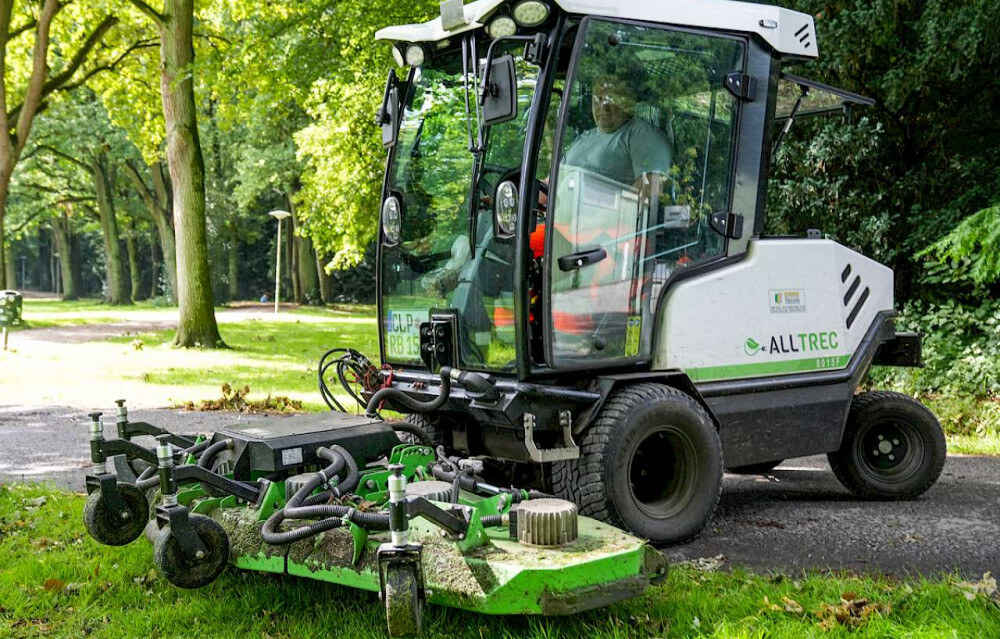
Experience how Umweltbetrieb Bremen revolutionised its municipal green-space maintenance with the all-electric AllTrec 8015F equipment carrier. This reference highlights the machine’s emission-free performance, impressive battery endurance, and operator-friendly design that turned a trial into a permanent adoption.
